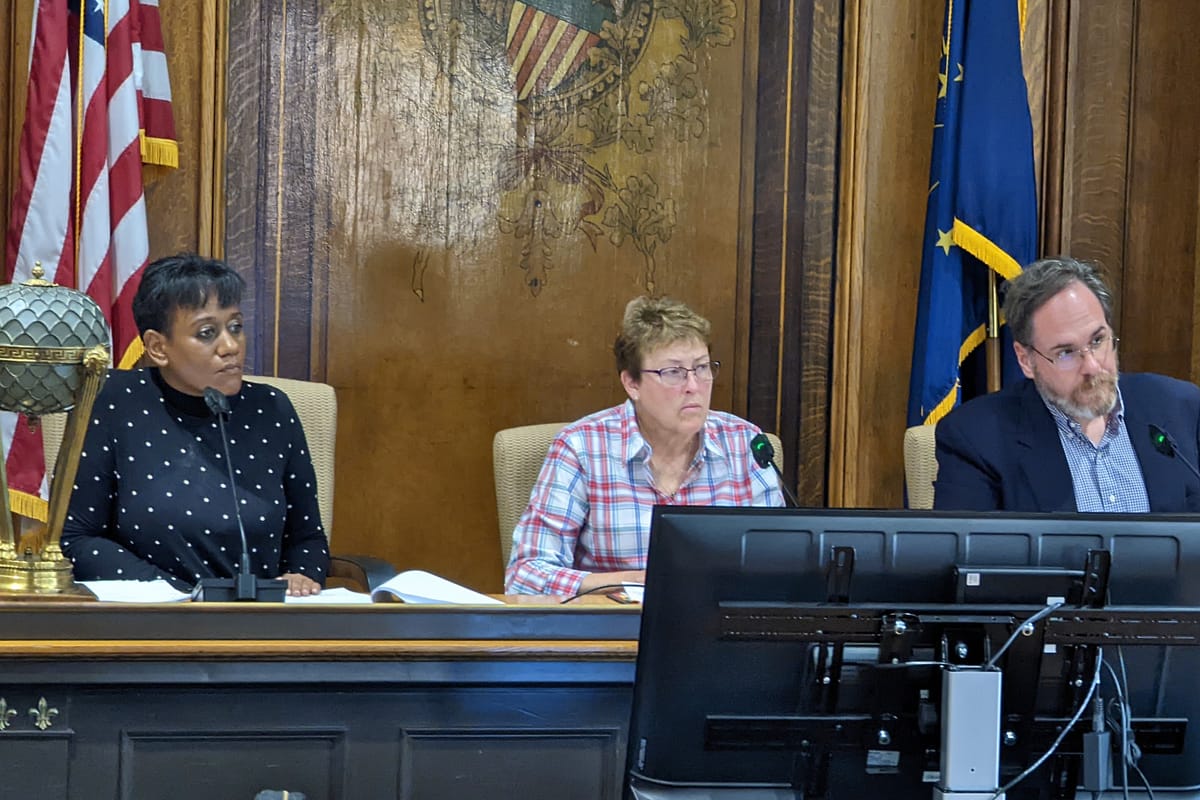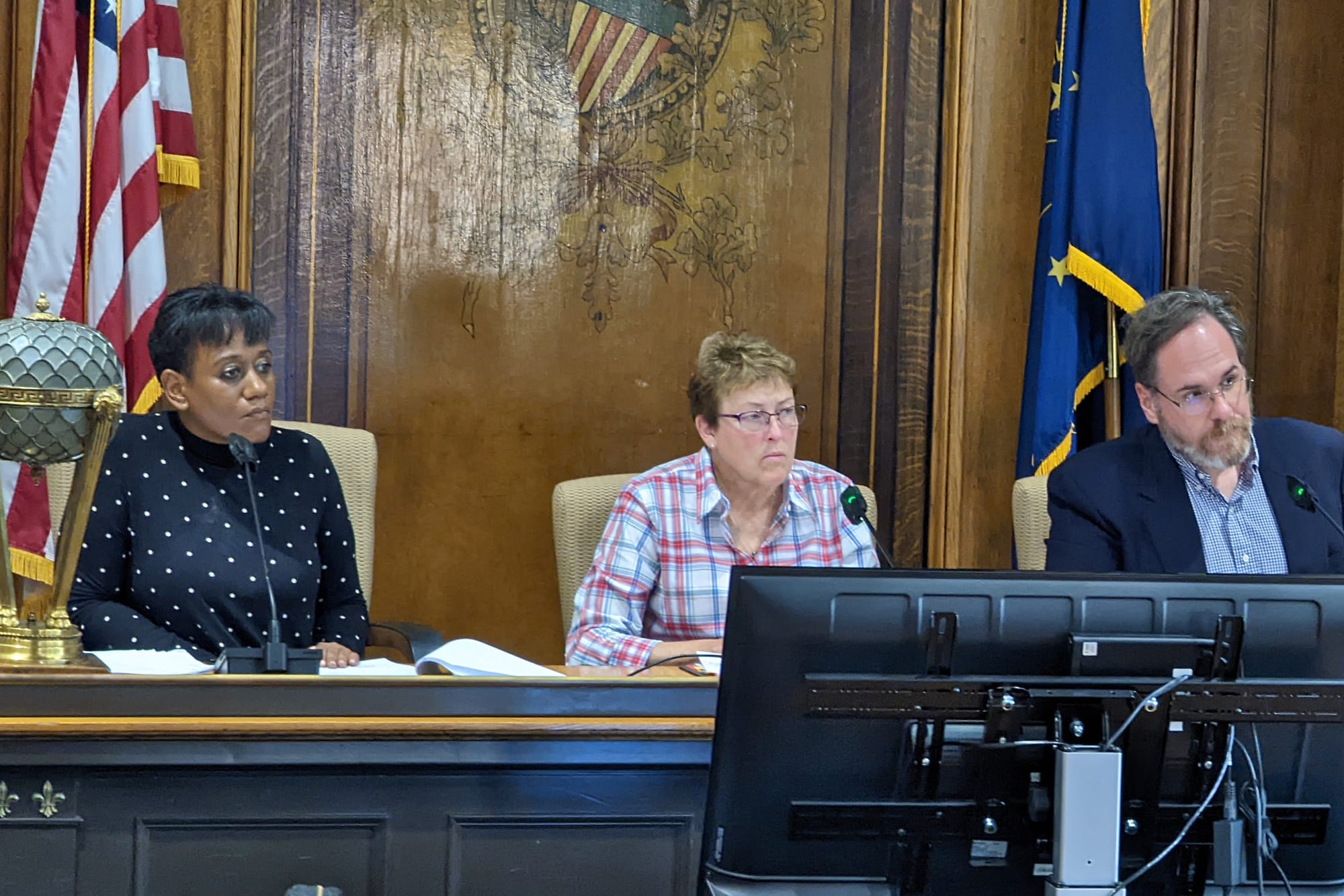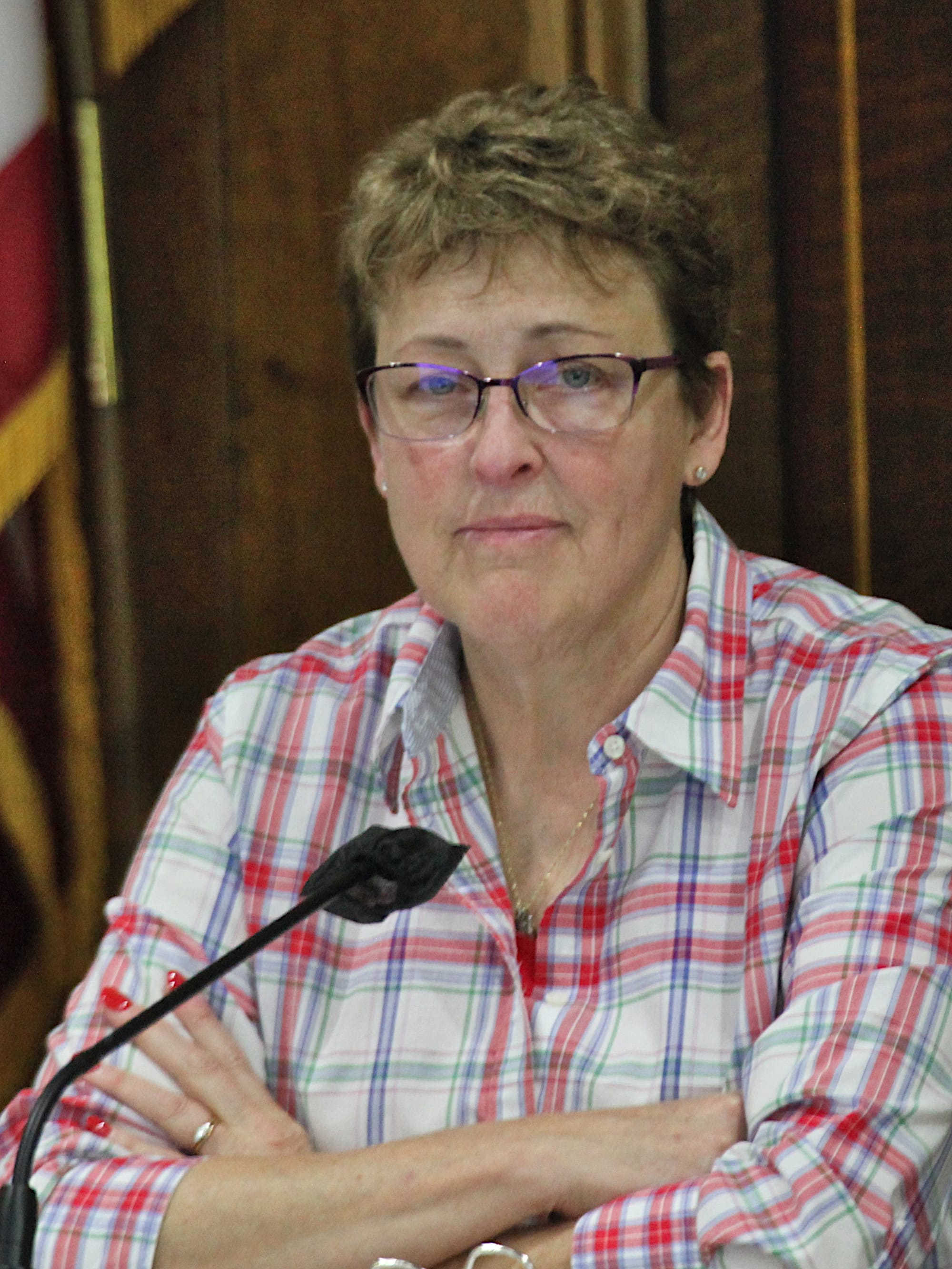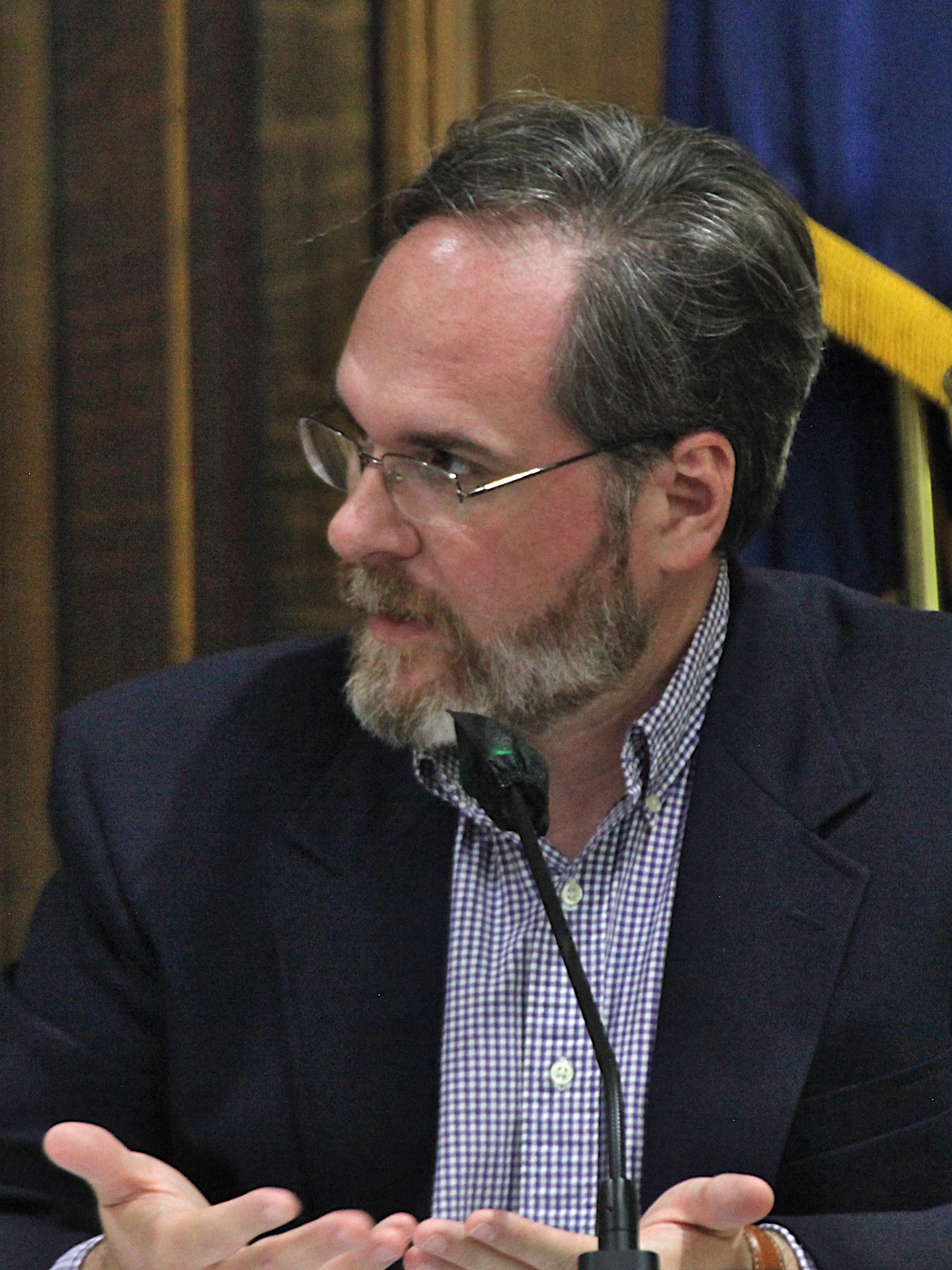Election board creates study committee: Monroe County could replace precinct polls with vote centers




At its regular monthly meeting on Thursday, Monroe County’s election board took a small but important step towards the adoption of so-called vote centers as the locations where people cast their ballots.
The board voted to establish a study committee for vote centers, but left the details to be sorted out at its next monthly meeting. Those details include membership, the assigned task, and the timeframe for the group’s work.
In the secretary of state’s seven-step process, forming a study committee is just the second step.
Vote centers are different from the kind of precinct-based polling locations currently used by Monroe County. At a precinct-based polling site, only voters from specified precincts can cast a ballot there.
Vote centers are polling places where a voter who is registered in any precinct can cast a ballot. For election administrators, it means some additional planning—to make sure that all the different ballots, which are tied to different precincts, are available for voters across the county.
Based on remarks at Thursday’s meeting from county attorney Molly Turner-King, other Indiana counties that have adopted vote centers have taken anywhere from 12 to 18 months to complete the process.
Of Indiana’s 92 counties, 60 have adopted vote centers.
Deputy clerk Tressia Martin said her preference would be to wait until after the 2024 presidential election before implementing vote centers. Martin is performing the functions of the election supervisor while that position is vacant.
Also at Thursday’s board meeting, Martin gave an example of the way different precincts require different ballots.
Precinct Richland 9 is inside the city of Bloomington—it is a small triangle making up the northwest wedge of the four corners where Richland, Bloomington, Perry, and Van Buren townships come together. Richland 9 voters will see a ballot with Bloomington municipal election candidates, but not the MCCSC tax referendum question—because Richland 9 lies outside that school district.
Just across the township boundary from Richland 9 is precinct Bloomington 06, where the ballots will include the MCCSC referendum question, as well as Bloomington city races.
All other things being equal, vote centers can be more convenient for voters—because they can cast a ballot at any of the vote center locations. Something that might not be equal, when comparing vote centers to precinct-specific polling locations, is the total number of voting locations.
A common assumption is that the average increased convenience of vote centers means that fewer of them would be needed, compared to precinct-based locations. But fewer locations can impact a voter who might live a quarter mile away from their precinct-based polling site, but winds up having to travel a couple of miles to the nearest vote center.
Fewer locations can lead to cost savings. That’s a point made on Thursday by election board member David Henry, when he said, “There are some good cost benefits to that activity.” Henry is the Democratic Party’s appointee to the board.
But Nicole Browne, a Democrat who sits on the election board in her role as the elected county clerk, cautioned against any assumption that adopting vote centers necessarily means fewer voting locations.
“I…get nervous when people talk about cost savings,” Browne said. She continued, saying that she would be more likely to support an approach that does not reduce the total number of polling sites, but simply makes every polling site a vote center.
Browne gave as an example Marion County, which adopted vote centers in 2018. Browne said that when the transition was made, Marion County clerk Myla Edridge did not reduce the number of polling sites—she just made every polling site a vote center, according to Browne.
The number and location of the vote centers will get worked out in the vote center plan.
Already at their June 28 meeting, Monroe County commissioners voted unanimously to adopt a resolution of support for vote centers.
That was part of a step that the secretary of state’s office labels as “Step One: Gauge Interest.”
The county council seemed generally supportive of a similar resolution on their agenda the previous night, but did not vote on it. When commissioners voted on their resolution the following morning, Julie Thomas expressed her disappointment that the county council had not taken a vote.
Thomas put it like this: “I really hope that this happens. And the sooner the better.” She added, “I was unhappy that the council didn’t go ahead and vote last night on this, because I hope it doesn’t delay the process.”
The key step in the process is the unanimous adoption of the vote center system by the three-member election board. In 2011, the creation of vote centers in Monroe County foundered on the requirement of that unanimous vote.
One of the concerns in 2011 was the lack of accessibility of sites in the vote center plan. It was reportedly a reason that Judy Smith Ille, the Republican member on the election board at the time, voted against vote centers.
The current Republican appointee to the election board is former circuit court judge Judith Benckart. She attended her first meeting on Thursday, replacing Donovan Garletts, who resigned.
About the idea of establishing a study committee for vote centers, Benckart indicated that based on what she had heard Browne and Henry say, she was glad they are trying to look at all aspects of the issue before anything is decided. Benckart said, “I think the makeup of the study committee will be very important.”
After some back and forth on the topic of the study committee, the consensus of the board was to vote to establish the committee, but to leave until its next meeting a vote on the details of membership, the assigned task, and the timeframe for the group’s work.
The election board’s next regular meeting is set for Aug. 3 at 1 p.m.
But a week from now, on July 13, the board will resume its meeting of this week, to take up the matter of a challenge that has been filed by would-be independent candidate for Bloomington mayor, Joe Davis. He wants to challenge the disqualification of around 200 signatures he submitted, which left him 14 short of the required 352 that are needed for his name to be placed on the ballot.




Comments ()